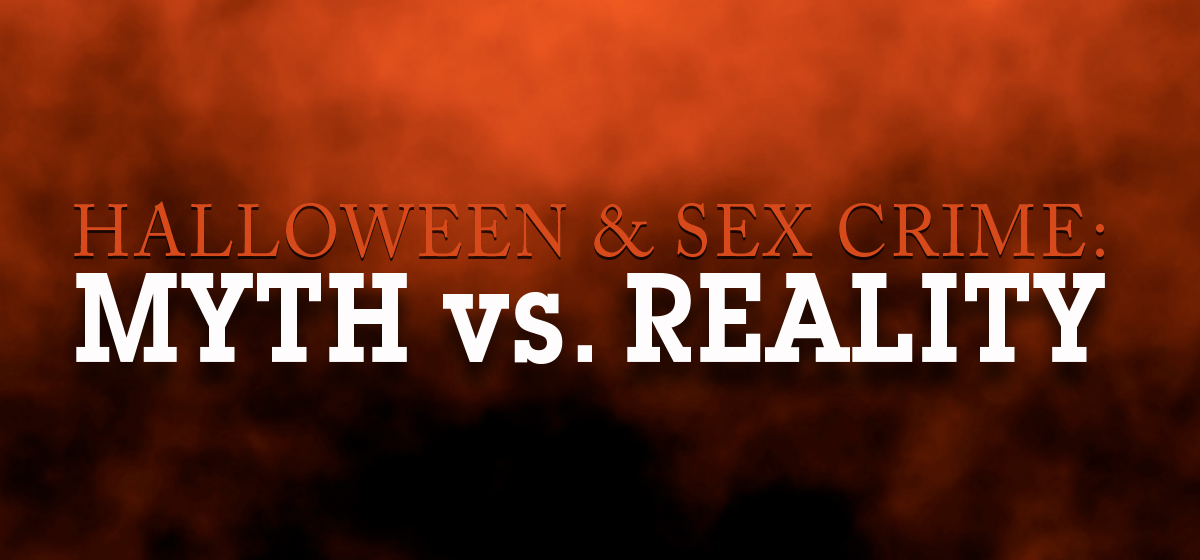It is almost Halloween, and as we begin to feel a chill in the air in the northern hemisphere, we also feel the excitement of that annual ritual of trick or treating. But while children look forward to a night of ghouls, ghosts, goblins and goodies, parents ponder the presence of real-life demons in the neighborhood: registered sex offenders. States, municipalities, and parole departments have adopted policies banning known sex offenders from Halloween activities (or, in some jurisdictions, from even leaving their homes on Halloween), based on the concern that they pose an increased risk to children on this day. So, my colleagues and I (Chaffin, Levenson, Letourneau, & Stern, 2009) set out to test this assumption…
Using national incident-based reporting system (NIBRS) crime report data from 1997 through 2005, we examined 67,045 non-familial sex crimes against children age 12 and younger. Halloween rates were compared to expectations based on time, seasonality and weekday periodicity. There were no significant increases in sex crimes on or around Halloween, and Halloween incidents did not demonstrate unusual case characteristics. Findings did not vary in the years prior to and after these policies became popular. If these policies were to have an effect on overall Halloween victimization, we would expect that the rates of offenses on Halloween would show a greater decline over time relative to the rates for other days. In order to test whether there may have been greater reductions in sex offense rates on Halloween relative to other days over the nine-year span, a year-by-Halloween interaction term was added to the model. No statistically significant differences were found.
We then examined over 5 million crimes that took place in 30 states on or around Halloween in 2005. The most common types of crime on Halloween and adjacent days were theft (32%), destruction or vandalism of property (21%), assault (19%) and burglary (9%). Vandalism and property destruction accounted for a greater proportion of crime around Halloween compared to other days of the year (21% vs. 14% of all reports). Sex crimes of all types accounted for slightly over 1% of all Halloween crime. Non-familial sex crimes against children age 12 and under accounted for less than .2% (2 out of every thousand crimes) of all Halloween crime incidents.
Other risks to children are much more salient on Halloween. According to the Center for Disease Control, children ages 5 to 14 are four times more likely to be killed by a pedestrian/motor-vehicle accident on Halloween than on any other day of the year. These findings call into question the justification for diverting law enforcement resources away from more prevalent public safety concerns on Halloween.
Trick or Treat!
By Jill S. Levenson, PhD, LCSW

